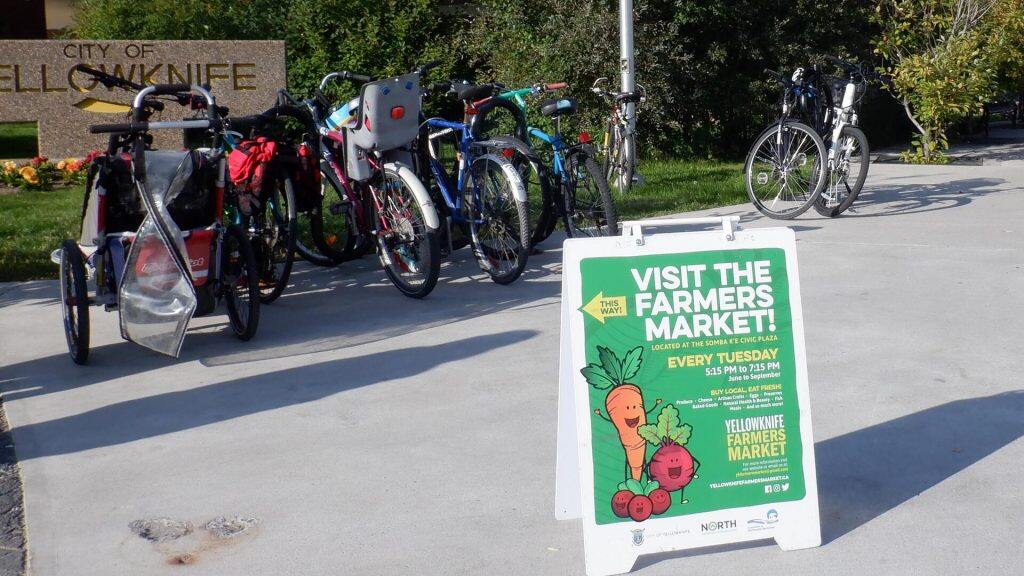

New research is shining light on the importance of farmers’ markets’ ability to mitigate potential disruptions to distribution networks in the face of system shocks like the COVID-19 pandemic.
In a recent study, the researchers found the markets’ regional characteristics play a key role in the decision to move all or parts of their operations online — and how that decision can help or hinder its surrounding community.
“By building online communities through their social media and website tools, farmers’ markets can play a role in keeping the community connected and supporting a sustainable and just food system through the pandemic and beyond,” said researcher Josalyn Radcliffe, a PhD student in Waterloo’s School of Public Health and Health Systems.
“The decision to transition online must always be anchored in the unique context of the organization.”
That is why many southern farmers’ markets across Canada were able to go online during the pandemic, but many in the North opted to stay in-person. The Yellowknife Farmers Market was one such case, choosing to pursue an adapted outdoor market, albeit with a “Shop, Don’t Stop” message that fits with the emphasis on community expressed by patrons and the event-like atmosphere valued by many.
“While areas south of Yellowknife have more capacity to grow food, challenges regarding equitable access to electricity and internet and the potential for disruption in food access are common issues to markets in the Northwest Territories,” said Kelly Skinner, a professor in the School of Public Health and Health Systems.
“Still, online spaces may be a valuable tool to mitigate potential disruptions to distribution networks due to the impacts of climate change and help facilitate the growth of the local food sector in the North.”
Skinner collaborated with other researchers at Waterloo, Wilfrid Laurier University and the Yellowknife Farmers Market on a study of the market, which typically runs from June to September and attracts hundreds of people per week.
They conducted surveys during the 2019 market season, offering both a short flipchart dot survey, completed by 59 patrons and a longer questionnaire, completed by 31 patrons. A vendor survey was postponed due to COVID-19.
The results of the two patron surveys showed that this farmers’ market was distinct: 58 per cent of Yellowknife consumers came to eat dinner, enjoy the atmosphere and support local businesses. At other markets across Canada, only two per cent attend primarily for the dining options, prioritizing instead the purchase of fresh and local foods. Most patrons at the Yellowknife market attended as couples and spent more than half their time talking to others.
The study also noted that online farmers’ markets can be great opportunities to complement in-person relationships, share knowledge and maintain connections.
The study, Virtual barriers: unpacking the sustainability implications of online food spaces and the Yellowknife Farmers Market’s response to COVID-19, was published in Nutrition Journal. It was co-authored by Waterloo researchers Radcliffe, Skinner and Professor Warren Dodd, Wilfrid Laurier University’s Andrew Spring, Yellowknife grower France Benoit and Yellowknife Farmers Market’s Lise Picard.








































